|
Audio Version
Getting your Trinity Audio player ready...
|
Saving water by reducing our water consumption is going to play a major part in the challenge to fight climate change.
The average European consumes 55,000 litres of water a year, the equivalent of 5 standard-sized above-ground pools, according to an article from Statista.
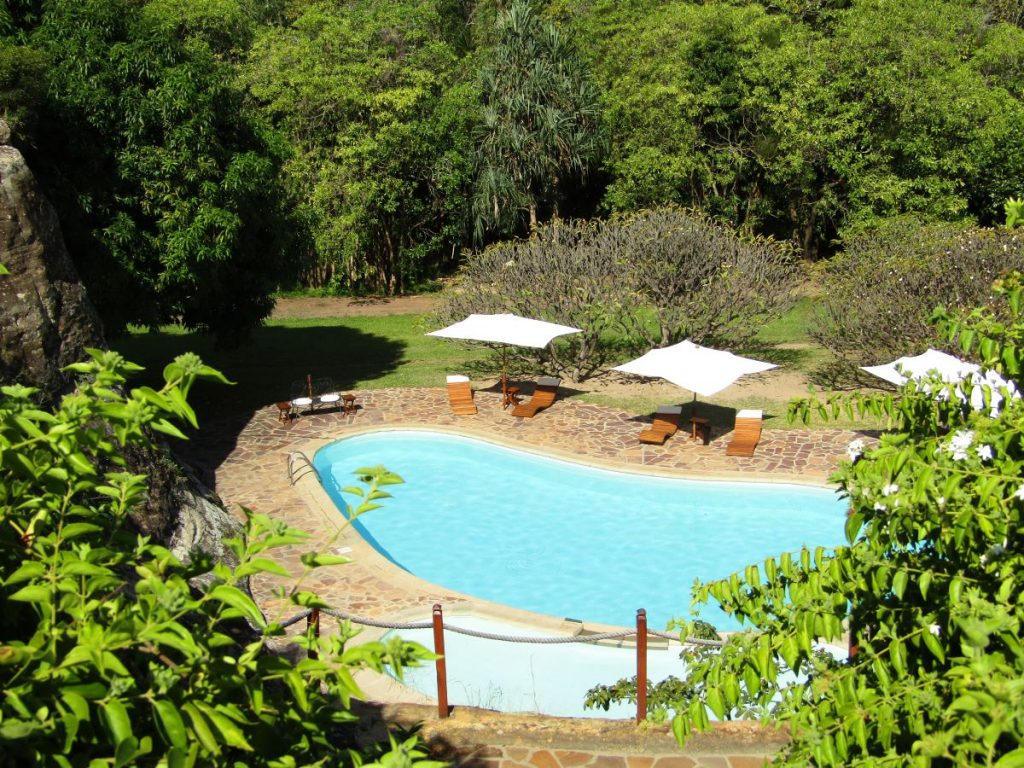
When we think that freshwater resources have dramatically declined in recent years, largely due to our economic model of unlimited growth, we will be forced to find solutions to save this precious resource that is water, whether we like it or not.
Why reduce water consumption
Confronted by climate change, we must learn to be resilient and to adapt to these new constraints linked to droughts. This is no longer a problem that concerns only poorer countries, as we discussed in this Instagram post during our trip to Madagascar.
Moreover, the price of energy has been rising uncontrollably over the past few months and managing our water consumption can also help us reduce our bill.
So it’s a win-win: saving water has both economic and environmental benefits.
How we use water in our daily lives
Before wondering how to reduce your water bill, it is important to understand how you use water.
Water consumption per capita
143 litres per person per day: this is what a French person uses on average according to the ADEME (The French Agency for Ecological Transition).
The uses of water in our homes
93% of the water we use in our homes is used for personal hygiene, sanitation, washing up, laundry and cleaning. The remaining 7% is used for drinking and cooking.
To save water, we need to look at how we can improve its usage in these different areas, and encourageparticularly those that consume the most.
How to save water at home
1. Be aware of any water leaks
Abnormal water consumption may be due to a leak.
Make sure your taps are not dripping. According to the ADEME, a dripping tap represents a huge waste: some 120 litres a day.
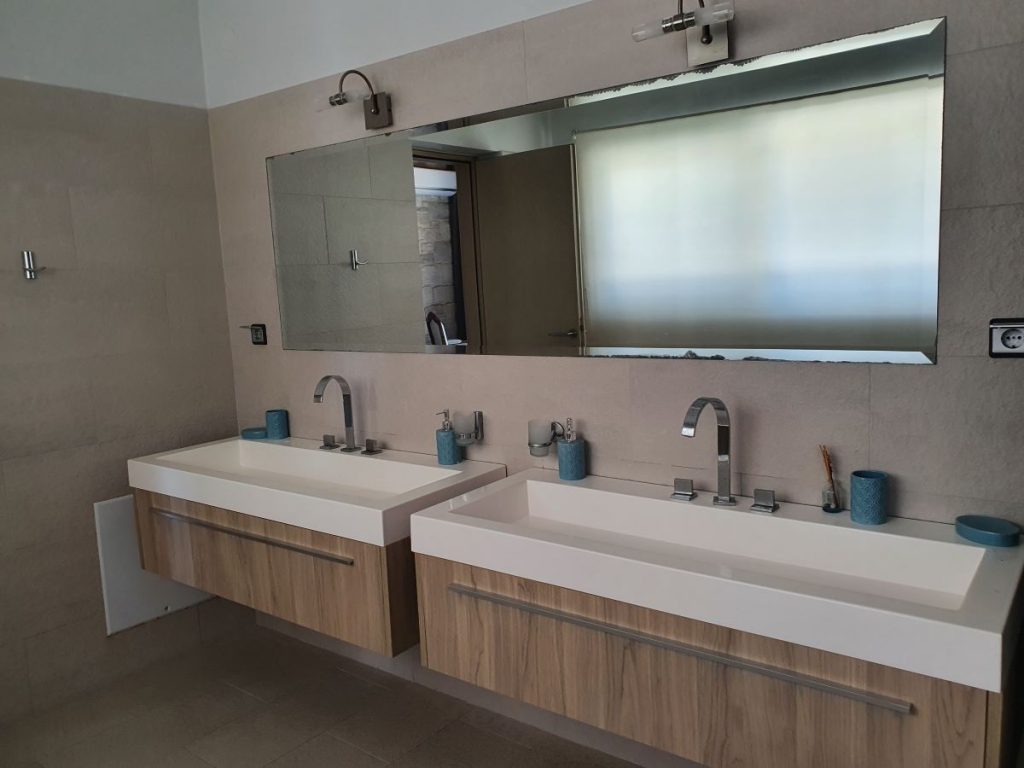
As for water consumption resulting from a leaky toilet, that is even more disastrous: 600 litres of water per day go down the drain…
2. Reduce water consumption in the area of personal hygiene
Bath vs. shower water consumption
The first basic thing: take a shower instead of a bath.
A bath uses on average 3 times more water than a 5-minute shower. A bath uses about 200 litres of water, while a shower uses between 12 and 15 litres of water per minute.
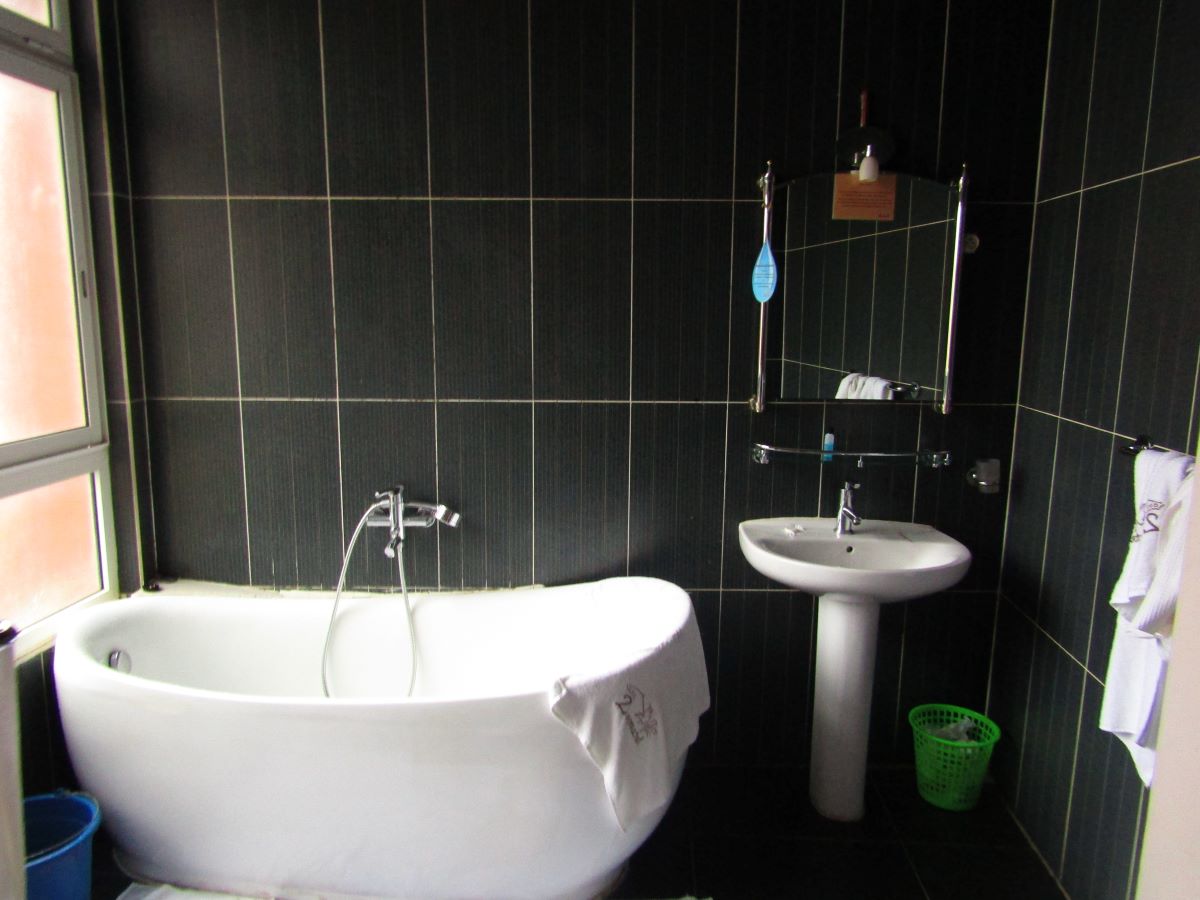
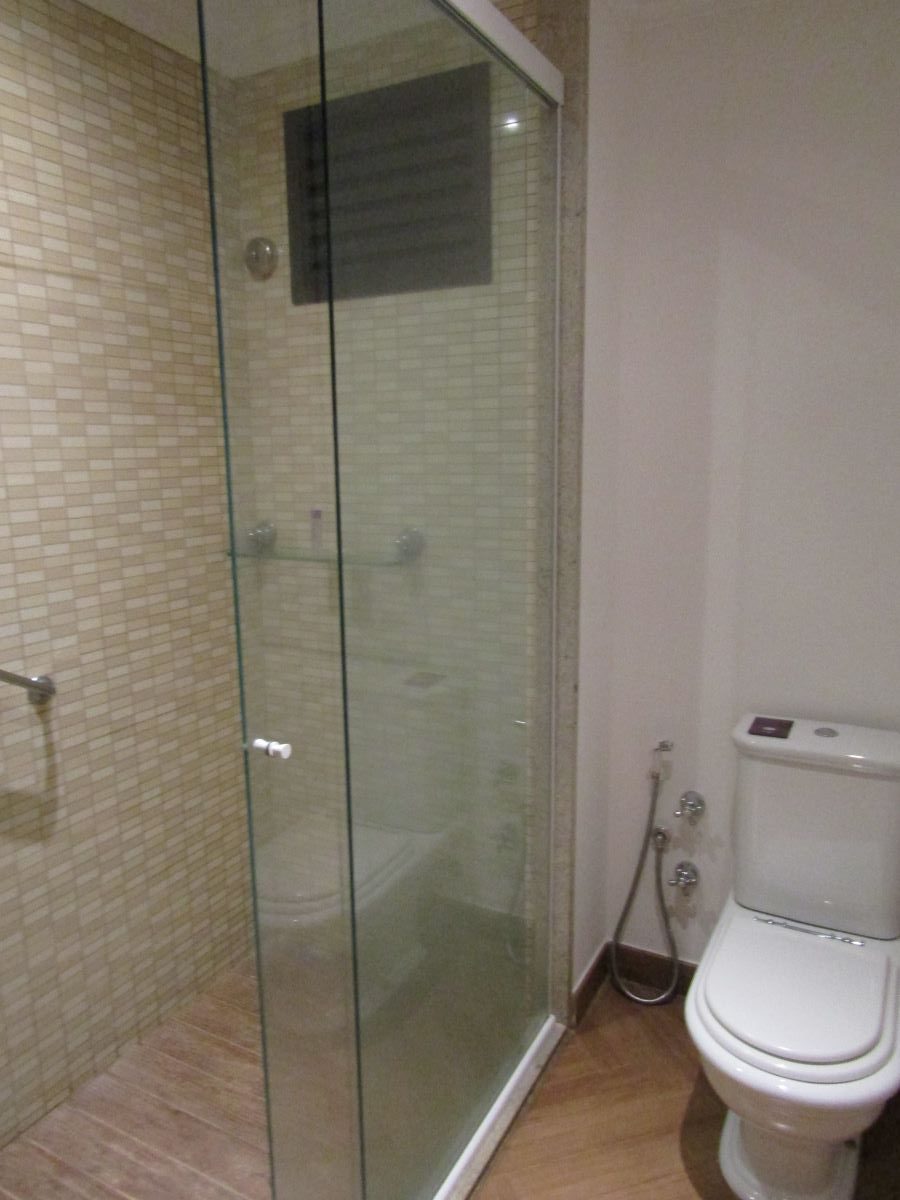
If you take a bath for health reasons, you will know that it is the heat that takes away your aches and pains, so try instead placing a hot water bottle or a cloth seed bag that can be heated for 2 minutes in the microwaveon those painful areas.
And if you really need to take a bath from time to time, don’t completely fill the bathtub. Fill it with only as much water as you need and then reuse that water. For example, if you take a bath before going to bed, you can use the water to flush the toilet for the whole of the next day.
Turn off the tap when you are not using the water
Whether in the showerapplying soap, brushing your teeth, or doing the washing up, don’t run the water for nothing.
This may seem difficult in the middle of winter when it’s cold.
A little tip: in the shower, start with your lower body and work your way up. It’s easier to turn off the tap like this because you feel the cold less when you’re dry!
Water consumption – and therefore water waste – varies hugely between a shower taken with the tap turned on all the time and one taken with the tap turned off intermittently.
Use a timer or hourglass to better control your time in the shower
Most of us enjoy a hot shower because it helps us to relax, but this can also make us lose track of how much time we are spending in it! However, what’s the point in saving water by turning off the tap if you’re half sleeping while having a shower and lose the track of time later?
If you don’t have a timer, listen to two songs, each about 3 minutes long.
Another option: take your shower when you’re in a hurry, for example during your half-hour lunch break if you work from home. It’ll force you to be quick!
Buy shampoos and soaps in bars
These bottled products are between 65 and 95% water, so you can save water by buying them in bar form.
Ana, an expert in the manufacture of solid shampoos and soaps, explains that she uses about 200 grams of water per kilo for soap and half that amount for solid shampoo.
Reduce the flow
If you prefer not to buy what is suggested below, an alternative and simple solution to reduce water consumption is to turn on the tap only slightly.
3. Saving water when flushing the toilet
There are several methods. You can install:
- a dual flush toilet
- dry toilets
- Japanese toilets with a built-in hand wash basin
Some solutions are not applicable in rented accommodation, but there are other options that anyone can adopt:
- Place a 1.5 litre bottle filled with sand or water in the flush tank to reduce the amount of water used to fill the toilet.
- Flush less often.
No, it doesn’t have to be disgusting. For example, if you livewith a partner, the chances are you’ll both go to the toilet at about the same time: just before going to bed and upon waking. If you close the toilet lid, the urine will not smell if left foronly a few minutes. And if you live by yourself, you won’t be bothering anyone if you flush only every other time. But this is not recommended if your toiletis prone to bad odours!
4. Save water by reusing it
For example: the water you used to wash your vegetables, to cook, to shower, which you can collect, especially in winter,etc.
There’s a solution for everyone, whether you live alone or with others and have to factor in their preferences (yes, it is better to agree beforehand!) or whether carryingheavy weights is an issue or not.
Use quality appliances with the right energy labels
Whether it’s your dishwasher or the washing machine, we saw how to choose the right equipmentin aprevious article about energy labels. Having an A-label washing machine can save you up to 30 litres of water per wash.
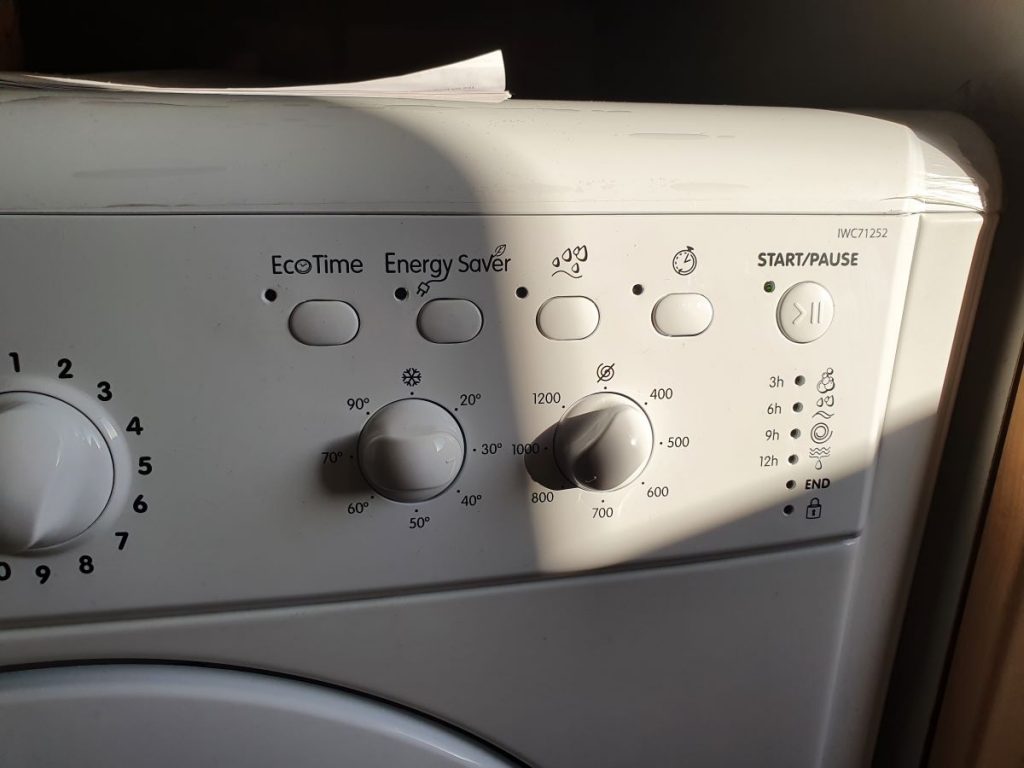
Using a washing machine represents between 13% and 19% of our domestic water bill.
Other ideas to help reduce the water bill from your washing machine:
- Frequency of laundry
Do you have to wash your trousers every day? No, especially not in winter. Try not toget obsessed with cleanliness (and this is a clean freak talking to you…). You can easily wear the same jumper for several days, and the same goes for jeans. Washing your towel once a week – if you don’t leave it lying around – is enough. You can also use several towels: one for the body, one for the hair and one for the face. By separating the uses, you can keep each towel longer.
Other ideas include:
- Waiting until you have a full load before starting a wash
- Using the eco program on your machine
5. Reuse water to save water!
As we have seen, the water you use to wash your fruit and vegetables, that you leave running in the shower while the hot water comes through, rainwater, etc, can all be reused for several purposes.
It all depends on where you live and your lifestyle.
If you have a garden or plants, you can reuse waterfor irrigation purposes, or as mentioned earlier,to save flushingthe toilet so often, or to fill a bucket and wash the floor,or even your car. The amount of water needed to wash a car makes the effort worth while.
When recycling generally, it’s all about imagination!
6. Save water in the kitchen
- Steam your vegetables
- Use boiling water as a natural weed killer
- Use the dishwasher instead of hand washing, and don’t pre-rinse your dishes.
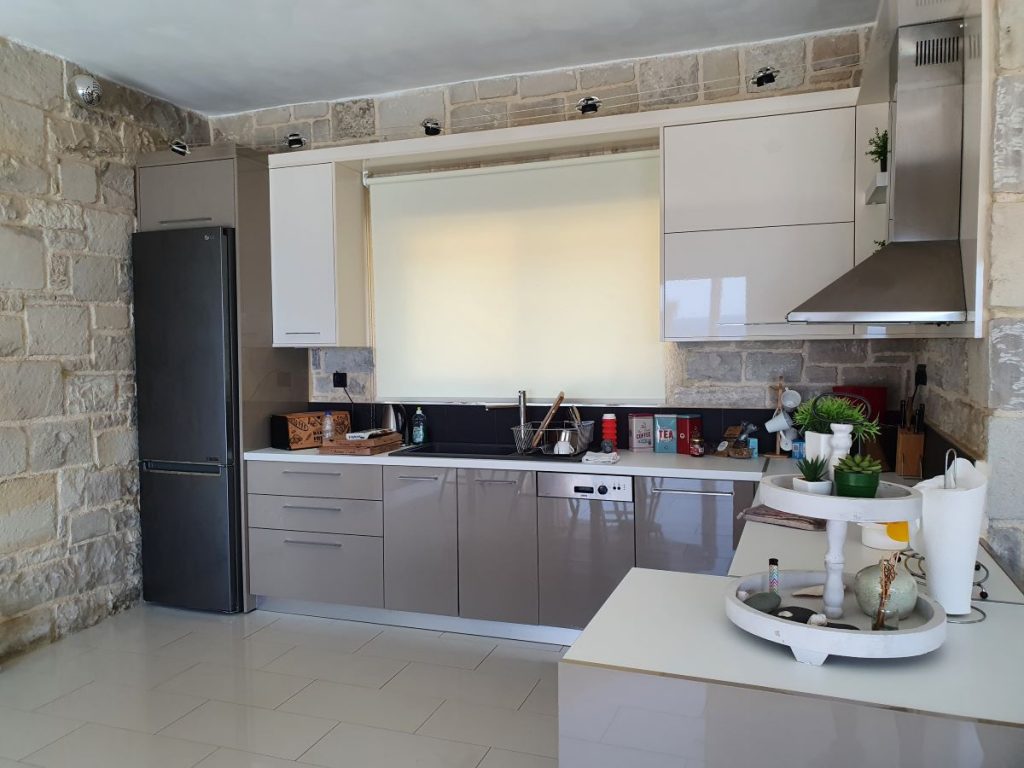
If you don’t have one, wash your dishes immediately, before the remnants of food dryand harden).
For non-greasy items such as glasses and cups, use two compartments, one for washing and one for rinsing.
For greasy items, regulate your tap to the correct pressureto produceonly a trickle of waterand then turn off the tap when scrubbing.
7. Some small investments to reduce your water bill
- Buy aerators for your taps. This can reduce the flow rate and therefore water consumption by about 30-50%.
- Buy a water-saving shower head: this optimises the pressure and saves a lot of water.
- Install a drip system if you have a garden
- Invest in a rain water collection system

8. Use shared rather than individual facilities
A good example of this is the swimming pool. Having a private pool is not a good idea environmentally. It is better to use a communal pool with other people or just the municipal pools.
The same goes for baths. If you love them or can’t live without a hot soakto ease your aches and pains, become a member of a gym with a jacuzzi.
And if you do go to a gym, make sure you shower there as not only will this save you money on your water bill, but these facilities often go to great lengths to save energy compared to individual homes.
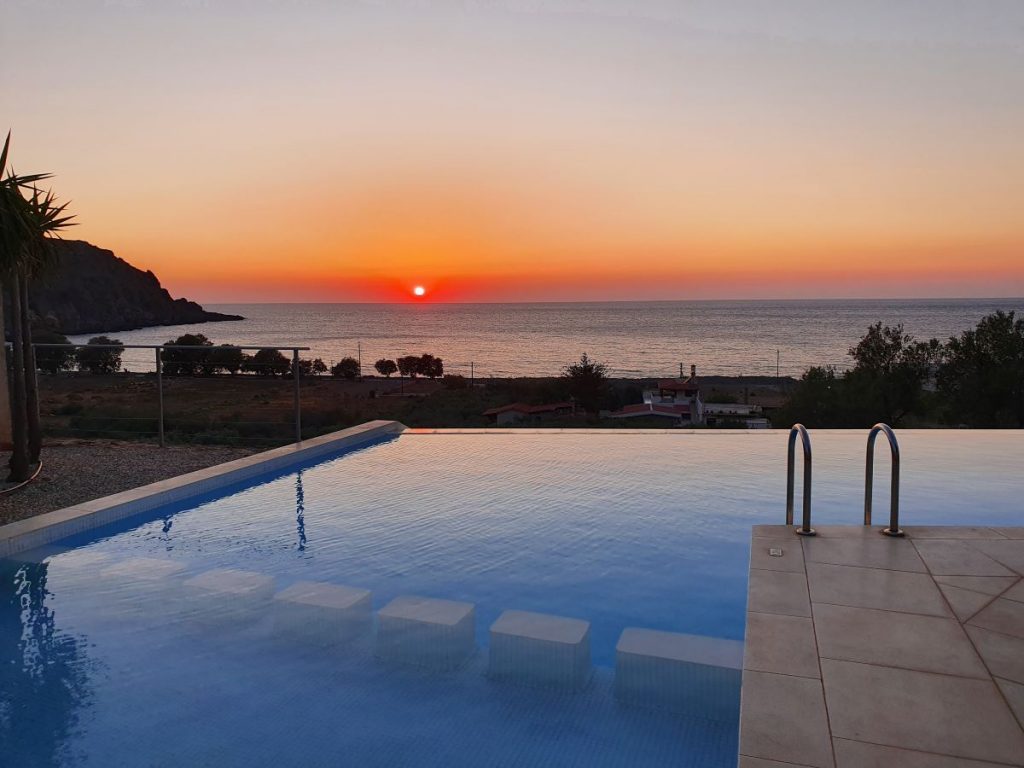
If you also want to reduce your indirect water consumption, we have a second article for you which explains the importance of managing your water footprint – an essential eco-friendly action.
Read the rest of the guide!

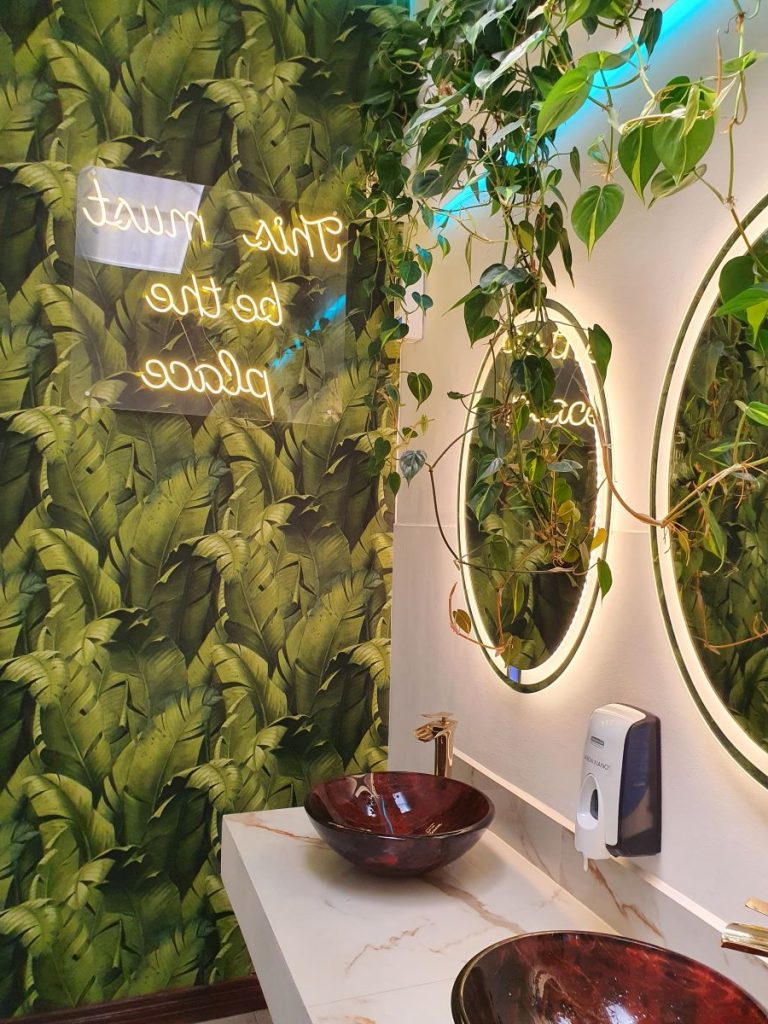
Pingback: Water footprint: why it matters and how to reduce it (part 2) - Planeta Sana®
Fantastic tips! I have started this past year to take a look at my personal habits and where I can make mindful changes to better the earth. I’ve shortened my shower time, but I like the idea of setting a timer! Thank you 🙂
Glad that our tips on how to save our precious water can be helpful to you and your friends!